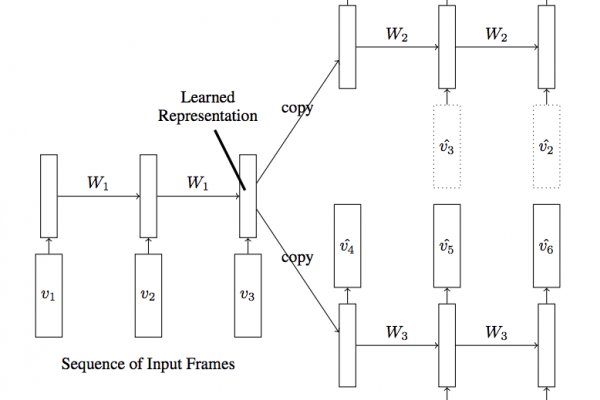How to Develop an Encoder-Decoder Model with Attention in Keras
import tensorflow as tf from keras import backend as K from keras import regularizers, constraints, initializers, activations from keras.layers.recurrent import Recurrent, _time_distributed_dense from keras.engine import InputSpec tfPrint = lambda d, T: tf.Print(input_=T, data=[T, tf.shape(T)], message=d) class AttentionDecoder(Recurrent): def __init__(self, units, output_dim, activation=‘tanh’, return_probabilities=False, name=‘AttentionDecoder’, kernel_initializer=‘glorot_uniform’, recurrent_initializer=‘orthogonal’, bias_initializer=‘zeros’, kernel_regularizer=None, bias_regularizer=None, activity_regularizer=None, kernel_constraint=None, To finish reading, please visit source site
Read more






